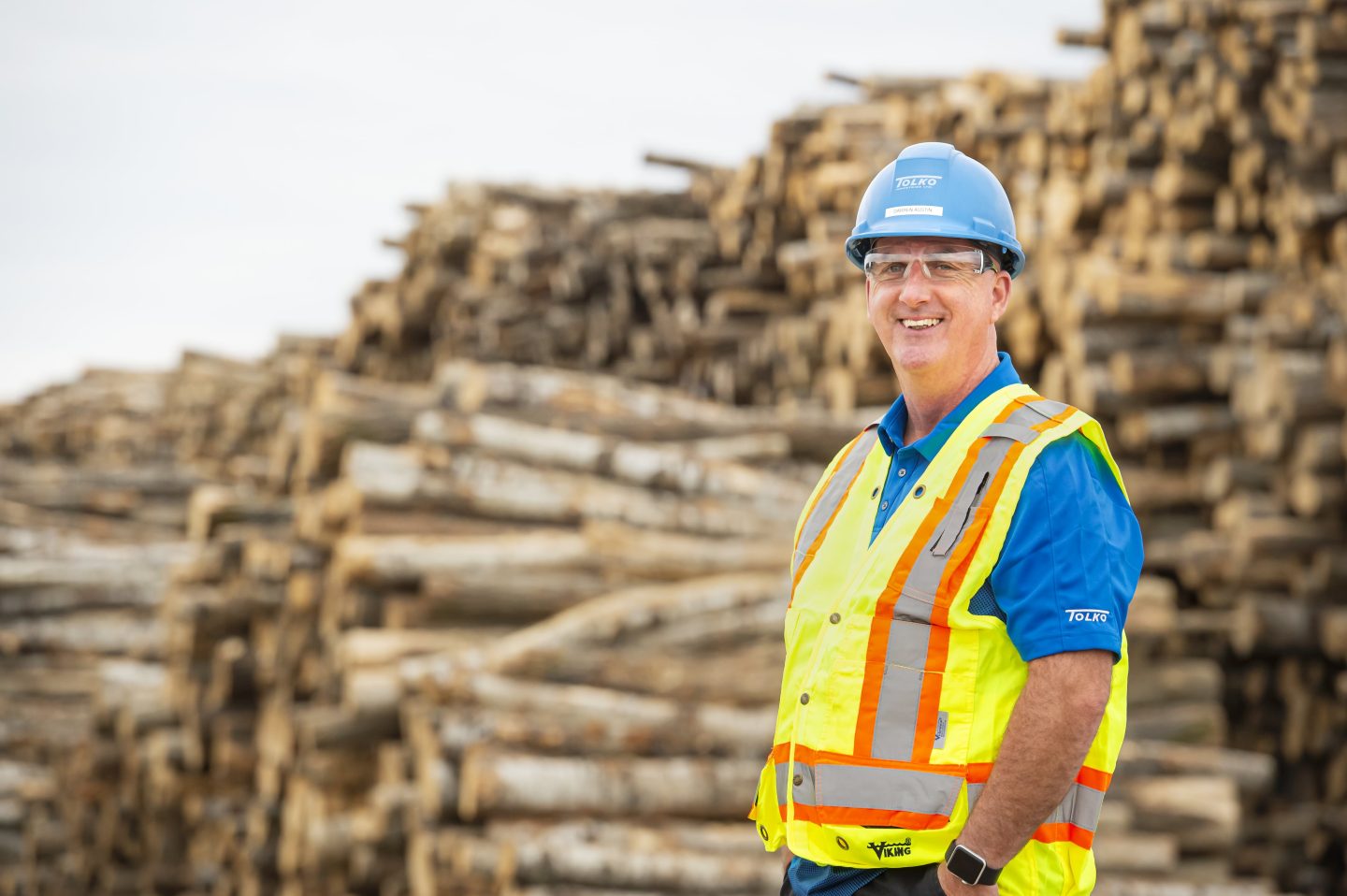
Forestry
Harnessing sustainable practices.
Forestry is northern Saskatchewan’s second largest industry and supports nearly 8,000 direct and indirect jobs. Our forests are sustainably managed and our sector is globally competitive.
5 million
hectares of productive forest land available for commercial timber
$1 billion
in annual forestry product sales
570,000
oven dry tonnes of wood biomass available annually for new investments

Investment Opportunities
Saskatchewan’s growth plan goal is to fully utilize the timber resources available in the province and double the size of the forestry sector by 2030.

Surplus Timber
A significant amount of underutilized timber is available for new investments.

Diverse Workforce
Indigenous workers fill more than 27 per cent of forestry jobs, the highest percentage of any Canadian province. Saskatchewan is home to the largest fully owned and operated First Nations sawmill in Canada.

Sustainable Forest Management
Our forests are sustainably managed in cooperation with industry, local stakeholders, communities and Indigenous groups.

Competitive Costs
We offer competitive manufacturing costs and incentives to encourage growth. Our manufacturing and processing tax rate is as low as 10 per cent with a corporate income tax rate of 12 per cent.